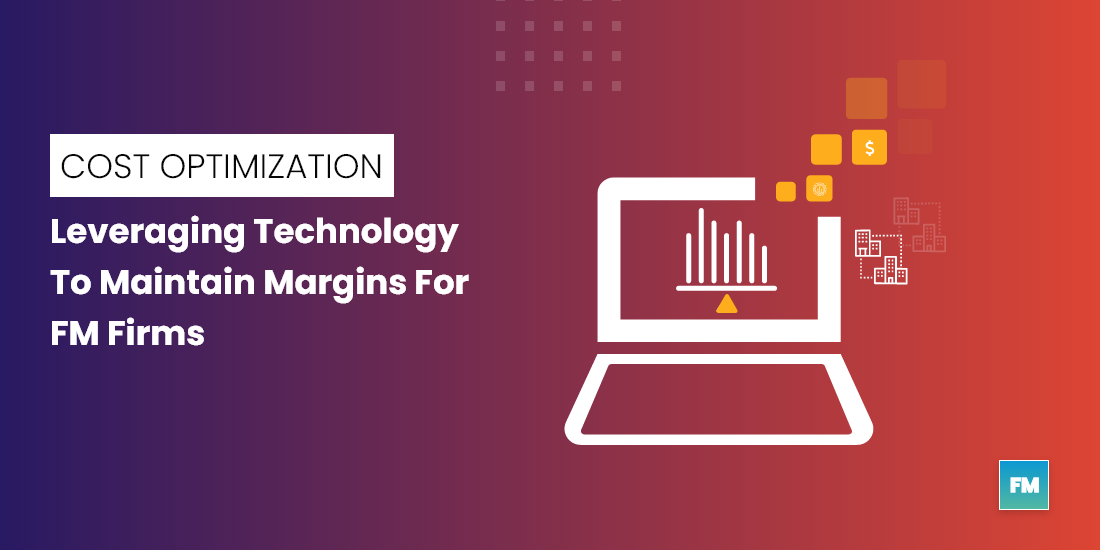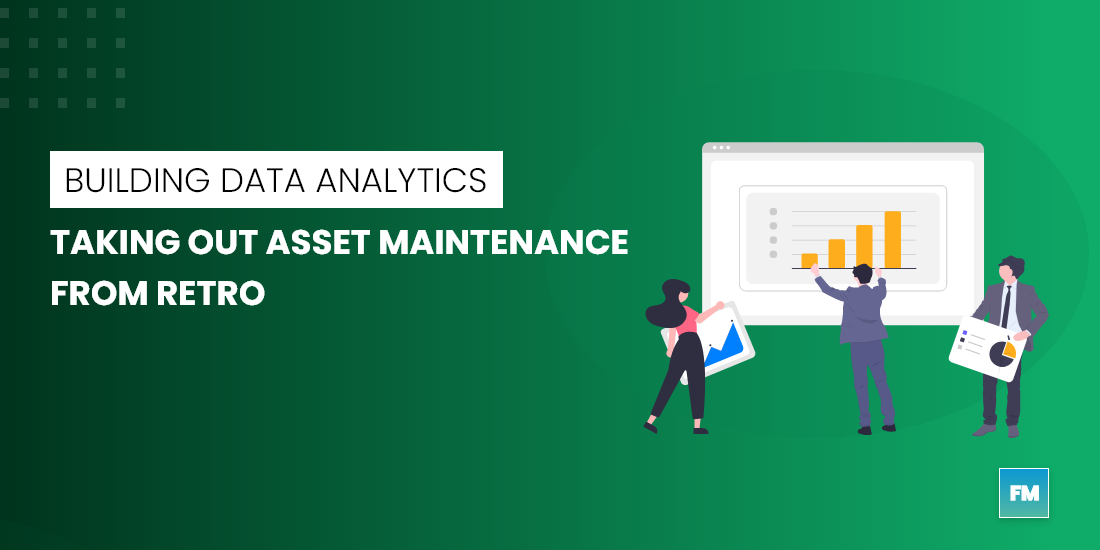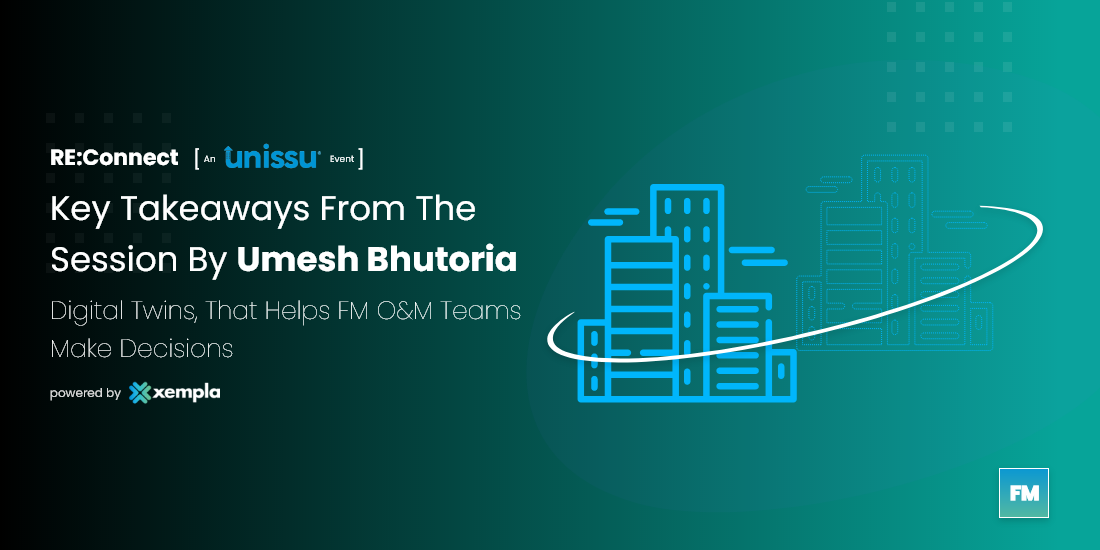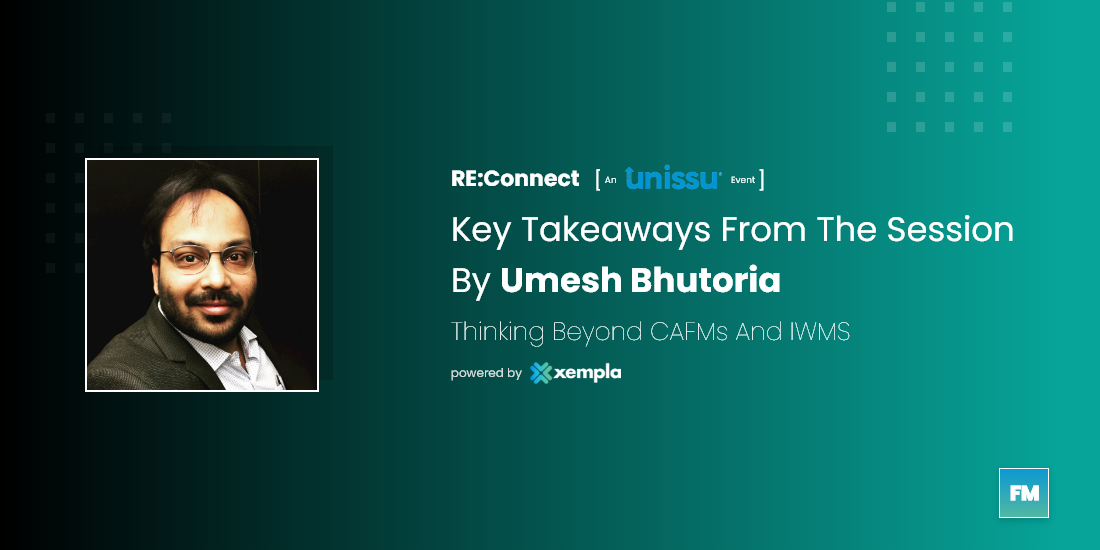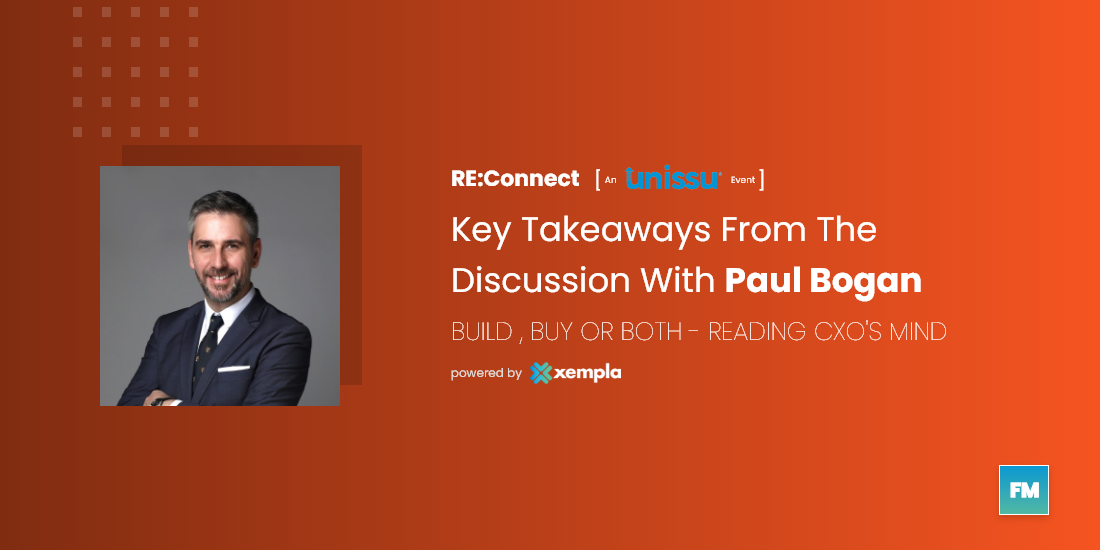The month of January started on a high note with the news of the distribution of a new vaccine for frontline healthcare workers, also economies across the world are getting back on track with the changing socio-political scenarios of the USA and the efforts of businesses to open up to a larger population.
Among all of this, we have seen a rise, repercussions, and dissemination to some extent of work from home or remote working strategies. While some experts are still arguing on the long-lasting effects of WFH, one thing is absolutely clear that the paranoia of working in shared or office spaces is still haunting the property owners and facility management, teams.
Facility management companies are facing cost pressures due to softening operating fundamentals such as a significant drop in rental income and occupancies. According to a Deloitte survey of 200 plus facility management stakeholders, respondents plan to reduce operating costs by 20% on average and try to optimize operational costs using technology to reposition space and for facilities management to improve operational resilience.
In this blog, we are trying to analyze a few effective cost-cutting techniques recommended by leading facility management stakeholders.
- The major paradox of choosing a right technology
We all must have come across articles and discussions during the recent technology conferences that this is a golden time to invest in the right technology stack or reposition FM’s investment portfolio. We have seen a role building automation and remote monitoring has played during the lockdown. But despite all of that we also have to understand that a lot of digital transformation decisions that were taken before the pandemic were proved ineffective during the pandemic. Decisions that were ad hoc in nature and limited to a tenant-facing infrastructure only.
Now when the investment budget has shrunken and the pressure of cost-cutting majors has taken a toll on facility management teams, selecting or investing in the right technology has become even more critical.
- Leverage IoT to gain a competitive edge
According to Louis Vermorel, founder and CEO of Whattsense, a technology company that builds sensors and devices to connects assets with building management applications “The increasing concern with energy waste, pollution, and utility costs, combined with the higher expectations from tenants, creates enormous pressure on facility management companies and their capital expenditure.”
He suggests, adoption of IoT solutions to improve the connectivity of a facility is a significant opportunity for FM companies to reduce costs. It helps ease the operations and maintenance process and also opens the scope of services available to building owners. This way FM companies can create their own capabilities leveraging the technology to get a competitive edge and fulfill customers’ needs.
- More reasons to move Predictive analytics
Bryan Christiansen, founder and CEO at Limble CMMS has a different take on cost optimization measures according to him there are two ways to reduce operational cost and achieve long term savings,
- Changing/adjusting your maintenance strategy
- Taking advantage of an appropriate maintenance software
He strongly recommends that it’s a time to give priority to predictive maintenance than preventive maintenance if you have the basic asset and operational data at your disposal, want more control and insight about your assets and are trying to create a holistic facility-wide maintenance strategy that will last longer then you should invest in a predictive maintenance strategy.
4. Integrating digital solution into service delivery model
In one of the sessions, xempla had during the RE.Connect event with Paul Bogan, CDO of SERCO, he highlighted that trend that the clients don’t just want facility management services, they want to understand how they can use their data to drive extended economical benefits, and they want better certainty where the CAPEX and OPEX should be in next 3-5 years.
This transparency and accessibility to operational data as well as users’ behavioral data should come or rather should be offered by facility management teams. FM should make it a part of the services delivery model.
Anand Kumar Sinha, CIO of OCS group, a leading facility management firm in the UK shares a similar thought process,
In his article in economics times, he suggested that for facilities management companies, integrating digital solutions into their delivery model is critical to differentiate, compete effectively, provide reliable and efficient service, and the key to ensuring market success.
By providing asset performance management applications, operation and maintenance teams can better manage expenses, take efforts to support the budget cuts and also bring sustainability in Facilities Management. Identifying abnormal behavior of the asset, facility managers can quickly take repair or replace decisions as well as carry out budgeting analysis using the maintenance data.
What are the hacks your facility management team is applying to stay lean and competitive in the current scenario?
